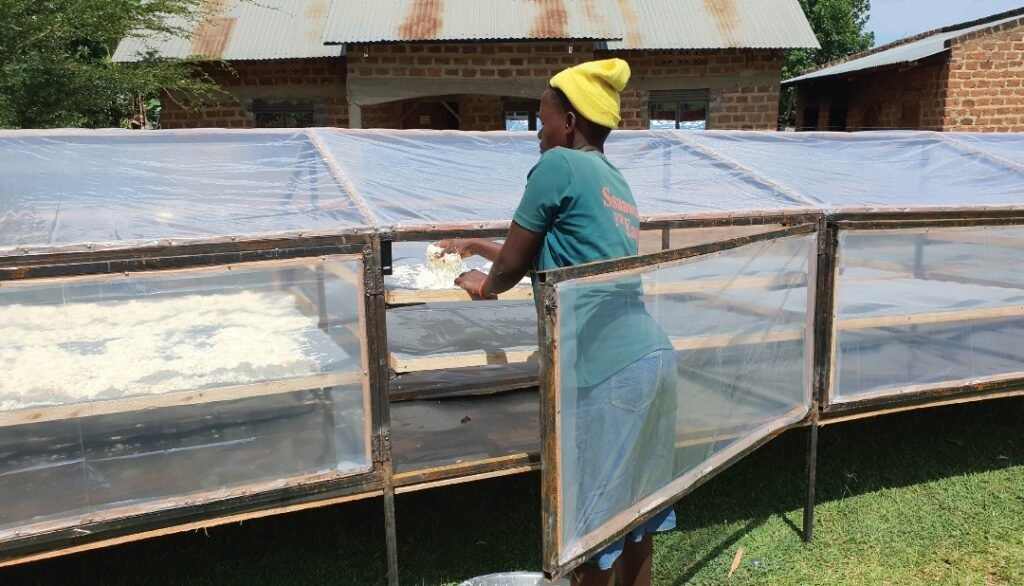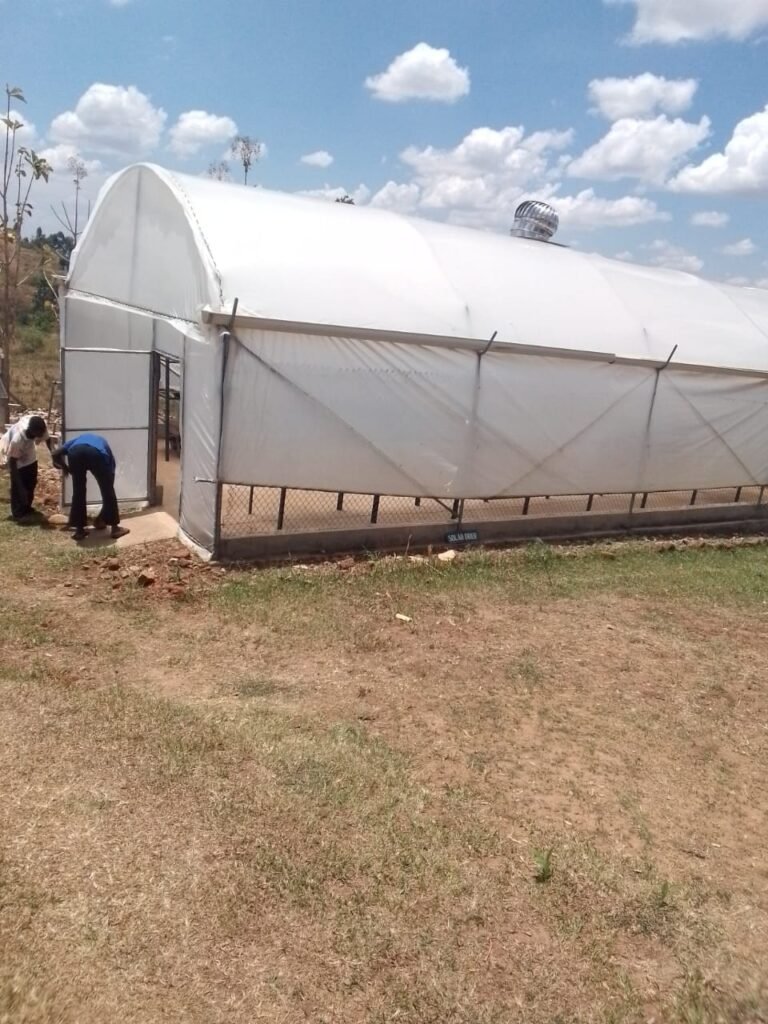Uganda predominantly uses charcoal and firewood for cooking. The survey conducted by Global Forest watch in 2019/2020 indicates that the number of Ugandans using charcoal increased to 57% from 30% in 2016/17. In the late 1980s, about 75000 square kilometers (31.7 percent) out of 236,040 square kilometers of total land in the country consisted of forest and woodland. But, today (2022), forests and woodlands cover only makes up about 15.2 percent of Uganda’s land surface.
According to Research conducted in 2017 by African Natural Resources Institute, forest cover lose has now increased to an estimated 200,000 hectares annually. And on average, Uganda has been losing 122,000 hectares (301,469 acres) of forests per year since 1990, according to a 2016 report by the National Forestry authority.
Therefore, the need for alternative source of energy for cooking is urgent to save the environment. Cassava is a source of two clean and renewable fuels for cooking
- Ethanol which is a clean and affordable substitute.
- Briquettes produced from the fibrous residue




BRIQUETTES AS AN ALTERNATIVE FOR CHARCOAL
Briquettes can be made from cassava peels and the fibrous residue and mixed with a filler and a binder.
For every ONE METRIC TON of cassava starch processed ONE METRIC TON of agricultural waste material is released and these are Cassava peels and fibrous residue. These materials are carbonized through pyrolysis to form a black carbon char which is then mixed with a binder in water to form a paste material. This paste material is then compacted and extruded using a simple mechanical equipment. The extruded briquettes are dried under the sun and used for cooking when dry
Cassava starch is a strong and reliable binder and therefore a useful material for the production of briquettes.
Economic and environmental benefits of briquettes
- No smoke release from briquettes
- Cheaper than charcoal
- Can be home made
- Made from agricultural waste therefore conserve the trees
- Longer burning hours therefore cost effective
- Higher energy density than charcoal


SOLAR DRYERS
Cassava is a highly perishable crop. In Uganda our farmers luck affordable, safe and renewable technology to process the cassava after harvesting and therefore some are forced to harvest on a piecemeal basis or harvest and process using the rudimentary ways. This means harvesting the roots and spreading the crop on the ground to dry by the direct sun. This process takes 5-7 days for the cassava roots to dry. However, the end-product is poor quality cassava full of sand and with a high microbial load. This makes the crop to lose value, food quality and reduces the shelf life of the crop.
Therefore, our initiative of solar dryers at Farm Service Centers will reduce this post-harvest losses suffered by the farmers and will increase the marketability and value of the cassava crop product
The benefits are both economic and environmental
These include
- High quality products
- High market value
- Very effective, Cheap and energy sufficient
- Environmentally sustainable as no Geen House Gases are emitted
- Higher income levels to the farmer
HOW IT WORKS
The structure is built using wood or metal and is covered by an ultra-violet material that collects and entraps the solar energy and concentrates it in the drying chamber as thermal energy, this energy makes the air in the chamber hot and when the hot air is circulated in the chamber the moisture from food products is removed due to thermal action and dries the chips and therefore this reduces microbial growth. The drying chamber can accumulate heat up to 60˚. C. Whereas direct sun drying exposes the cassava chips to dry directly under the sun, solar drying utilizes a heat entrapment mechanism to enhance the moisture removal process.
